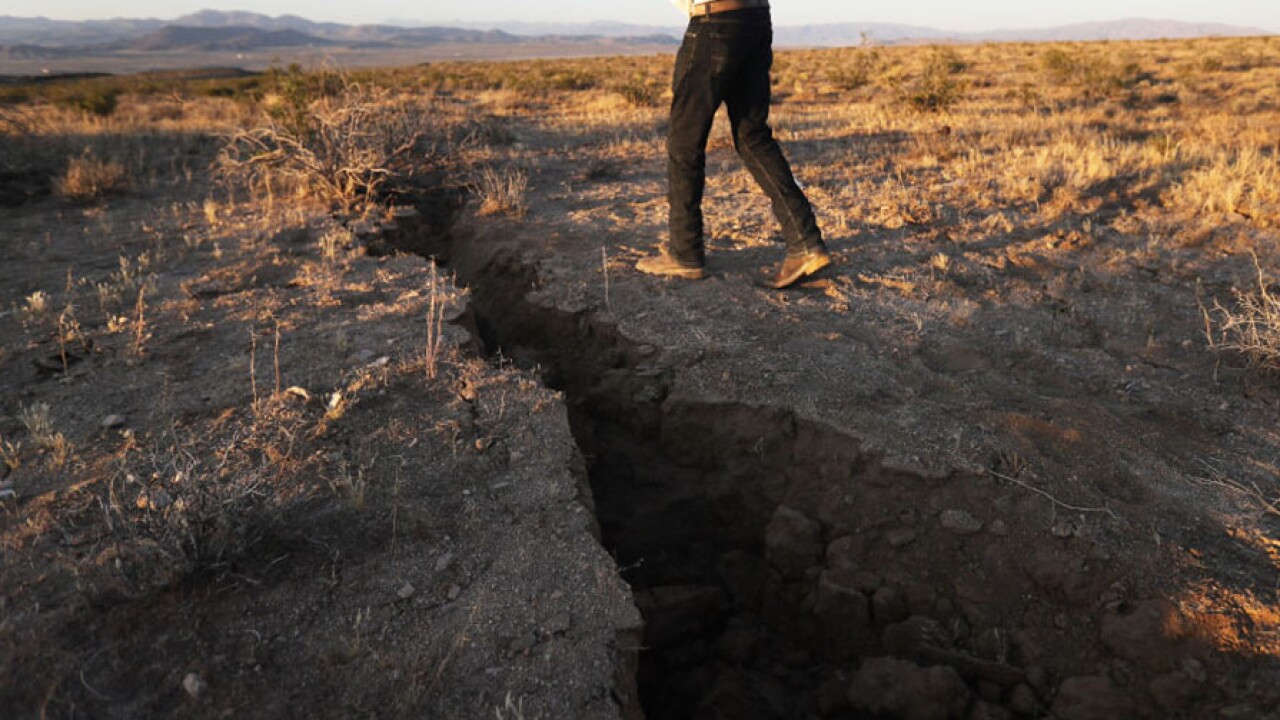A research team has announced that they have discovered a new type of ‘triggered’ earthquake. It was noted that the new earthquake type is an intermediate form of traditional earthquakes and seismic slip.
According to a press release by Ruhr-Universität-Bochum, a research team; In a field in British Columbia, Canada a new type of earthquake Has detected. With a network of eight seismic stations surrounding an injection well a few kilometers away, researchers from the Geological Survey of Canada, Ruhr-Universität Bochum and McGill University have found that around 350 earthquakes seismic data recorded. About 10% of the earthquakes detected in the recorded data are attributed to earthquakes in volcanic areas, such as slower breaking. similar features was observed to exhibit.
Unlike other earthquakes of the same magnitude, the new type of earthquake occurred more slowly and longer than usual was recorded. earthquake, a method used to extract oil and gas in western Canada hydraulic fracturing reported to have been triggered by
New type of earthquake an ‘intermediate form’ of seismic shear with conventional earthquakes
Until now, experts had explained the earthquakes that occurred during hydraulic fracturing with two different processes. According to the first of these, the liquid pumped into the rock causes a pressure large enough to create a new crack in the underground rock near the well.
Along with the increasing pressure, a large scale earthquake can trigger an earthquake by affecting the existing faults. accumulated energy is revealed. According to the second explanation, the liquid pressure increase caused by underground injection is the effect that affects the surrounding rocks at longer distances. elastic stress modifiers It causes earthquakes and if these changes occur in the rocks where the faults are located, an earthquake can be triggered.

More recently, numerical models and laboratory analyzes have concluded that the same process observed on tectonic faults elsewhere also occurs on faults near injection wells. It begins as a slow slip that does not release any seismic energy and ‘Seismic slip’ This process called; It can also cause rapid shifts on nearby faults and changes that cause earthquakes.
However, the lack of seismic energy resulting from seismic shift and the size of the faults in question can make this phenomenon very difficult to observe in nature. For this reason, researchers have not yet been able to concretely document a link between triggered earthquakes and seismic shifts. However, the research team found that these new slow earthquakes, which were discovered recently, are a part of traditional earthquake and seismic slip. intermediate form He interprets it as indirect evidence that seismic shifts can also occur near wells. For this reason, researchers have introduced the new species. hybrid frequency waveform earthquakes (EHW).
RELATED NEWS
24 Provinces and 110 Districts at Serious Earthquake Risk in Turkey Announced One by One
“We assumed that triggered earthquakes behave like most other earthquakes and have roughly the same breaking rate, two to three kilometers per second.” Rebecca Harrington, one of the research team, states that this is not actually the case. According to the data recorded by the researchers, the shaking caused by a conventional 1.5-magnitude earthquake stopped after about seven seconds, while an EHW earthquake of the same magnitude. more than ten seconds continues to shake. It is speculated that the discovery could help minimize the damage caused by the tremors triggered by the fracture.
Source :
https://www.forbes.com/sites/davidbressan/2021/12/06/new-type-of-earthquake-triggered-by-fracking-discovered/?sh=dfea942672f8
